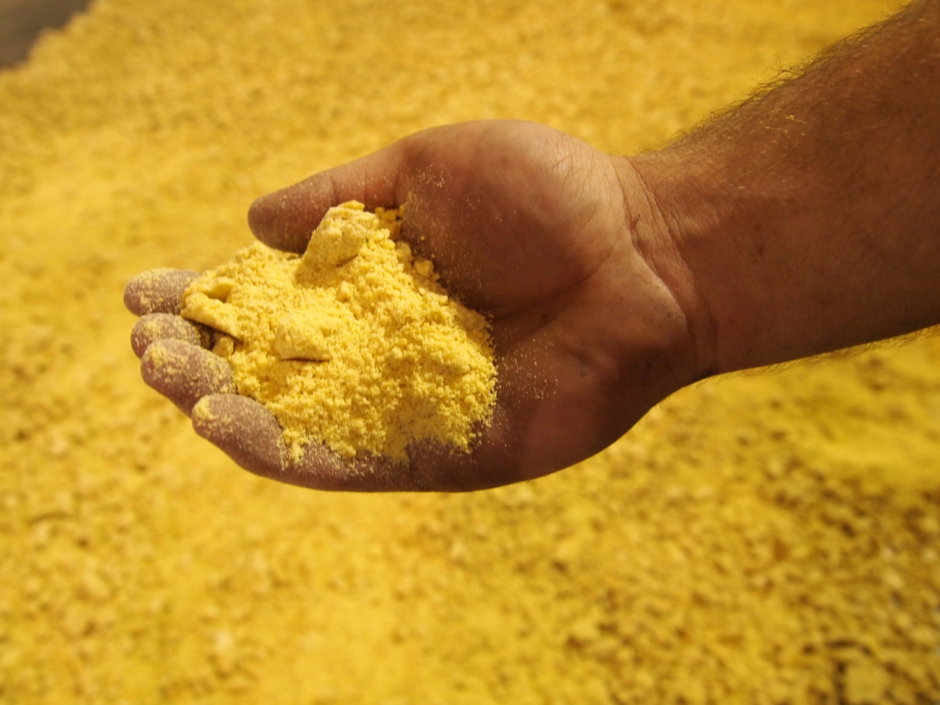Do Not Assume All Extruders/Mechanical Pressing Systems Are Equal: Make A Difference Choosing Proper Soymeal For Animal Feeding

It is well known that the ability of animals to fully utilize the nutrient content of soybeans depends on the method of processing to deactivate antinutrients and add nutritional value. Recently, I accessed an article highlighting the benefits of using extruded soymeal in diets for young animals because of its high quality and low trypsin inhibitors. However, not all soy processing methods are the same. The term, “extruded soybean meal” is generic because it does not reflect how the product is produced. The term agrees with the excellent performance observed in animals fed ExPress® soymeal, which is the product of high-shear dry extrusion/mechanical pressing of oil.
The article mentioned that a usual complaint about this type of meal is that the product can be of low quality with respect to a diet with soybean meal and oil, as well as lack of availability of accurate values of digestible amino acids and energy to formulate diets. That is not the case for ExPress® soymeal, which is based on a typical analysis. With 95% dry matter content, 6-8% residual oil in the meal, lower levels of crude protein (43-46%) and more than 90% amino acid digestibility coefficients, ExPress® soymeal is a unique ingredient in many ways, with respect to solvent-extracted soybean meal. That quality makes a difference in terms of lowering formulation costs. When used in swine, ExPress® soymeal not only provides superior digestibility of amino acids, but also more metabolizable and net energy for proper diet formulations. It is aligned with the improved gain to feed ratio observed in pigs fed ExPress® from the nursery to the finishing phase with respect to pigs fed solvent extracted SBM, with similar final body weight and carcass characteristics.
As mentioned in the article, ExPress® soymeal is an excellent ingredient for young animals. Furthermore, starter broilers fed ExPress® showed a numerical increase of 2.3% more feed intake followed by a significantly improved feed conversion rate (1.21 vs. 1.27), higher body weight gain (0.33 vs. 0.31 kg) and final body weight (0.37 vs 0.34 kg) at the end of the starter phase (14 days), with respect to a typical diet based on soybean meal. This is a booster for the grower and finisher phases when broilers can grow more efficiently or more profitably.
Overall, knowing the nutritional value of soy meals to be used in diets for young animals is crucial for use in formulations When looking for specific nutrient values and better animal performance, do not assume that all extruders/mechanical pressing systems are equal. Significant advantages and differences will be noticed when using ExPress® soymeal for animal feeding.





